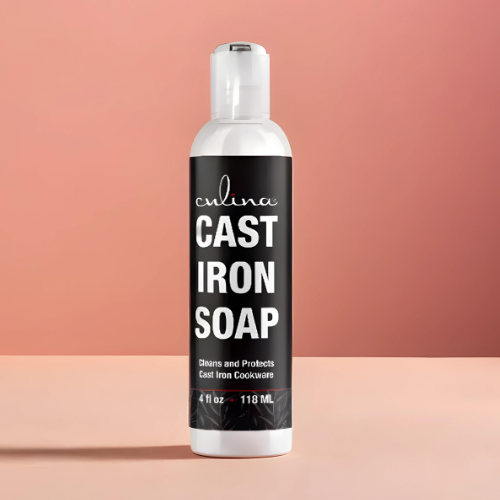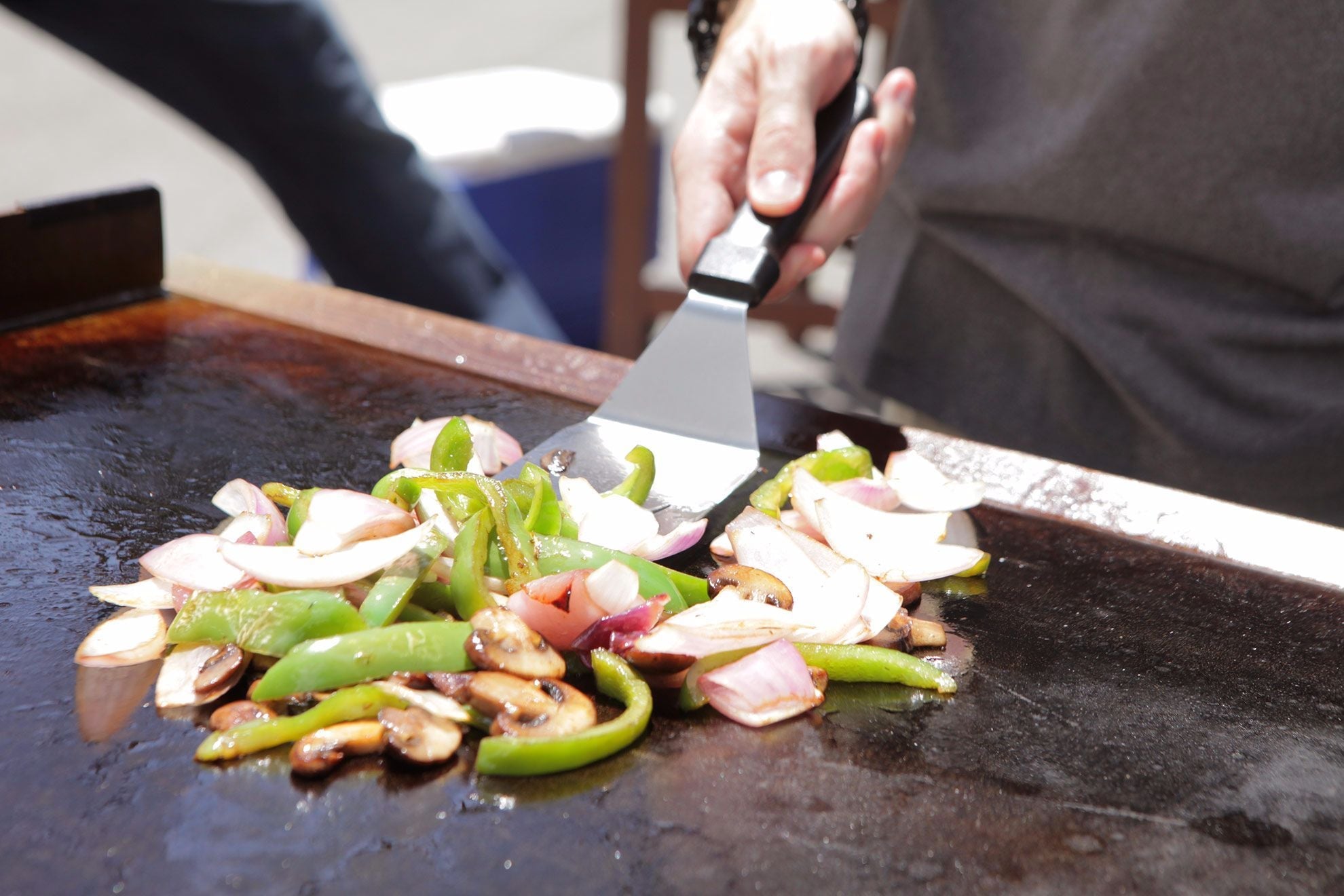Cooking shrimp on a griddle can be both a delightful and terrific way to prepare a seafood dish that bursts with flavor. If you’re new to griddle cooking or simply looking to perfect your method, this guide is for you. The key to griddle shrimp lies in understanding the right cooking times, techniques, and temperatures.
In this article, we will dive deep into the nuances of griddle shrimp, ensuring you walk away with a thorough understanding of how long to cook shrimp on a griddle. Rest assured, by the end, you will be delighted with the tremendous results you can achieve.

Why Choose a Griddle for Cooking Shrimp?
Before we dive into the specifics of cooking times, its essential to understand why a griddle is an excellent tool for shrimp. Unlike other cooking methods, a griddle provides a broad, even cooking surface that allows you to cook multiple shrimp at once evenly. This can be particularly useful when preparing meals for more than one person.

Choosing the Right Shrimp
Fresh vs. Frozen Shrimp
When deciding between fresh and frozen shrimp, it’s essential to recognize that both have their pros and cons. Fresh shrimp is often hailed for its superior taste and texture, but it may not always be readily available or within budget. Frozen shrimp, on the other hand, is accessible year-round and can be just as tasty if prepared correctly.
Understand Shrimp Sizes
It’s important to choose the right size of shrimp for your dish. Shrimp are typically labeled by count per pound. Common sizes include small (51/60 count per pound), medium (41/50), large (31/40), and jumbo (21/25). The cooking time can vary based on the size, so make sure to select the size that best fits your needs.

Preparation is Key
Cleaning and Deveining Shrimp
Cleaning and deveining your shrimp is crucial before any cooking begins. The vein is actually the shrimp’s digestive tract, and while its not harmful to eat, its often removed for aesthetic and taste reasons.
Marinating Shrimp
For added flavor, consider marinating your shrimp before cooking. A simple marinade made from olive oil, garlic, lemon juice, and your favorite herbs can elevate the flavor significantly. Let the shrimp marinate for at least 15-30 minutes before placing them on the griddle.
Preparing Your Griddle
Griddle Types and Temperatures
The type of griddle you use can affect your cooking results. Whether you have a gas, electric, or cast iron griddle, make sure it’s well-seasoned and preheated to around 350F (175C). This ensures an even cooking surface that will prevent your shrimp from sticking.
For a detailed guide on how to preheat your griddle, you can check out How to Preheat a Griddle.
Oiling the Griddle
Lightly oil the griddle using a high smoke point oil like canola or vegetable oil. This creates a non-stick surface and also adds a bit of flavor to your shrimp.
Cooking Techniques
Evenly Spacing the Shrimp
When placing shrimp on the griddle, ensure they are evenly spaced and not crowded. Overcrowding can lead to uneven cooking and can also affect the griddle’s temperature. Depending on the size of your griddle, you might have to cook in batches.
Flip Only Once
One of the most common mistakes is flipping the shrimp too often. For even cooking, flip the shrimp only once. This usually means cooking for 2-3 minutes per side, depending on the shrimp size.
Checking for Doneness
Shrimp are done when they turn pink and opaque and curl into a C-shape. Avoid overcooking, as this can make the shrimp tough and rubbery. If you’re unsure, use a meat thermometer to ensure they reach an internal temperature of 120-145F.
Serving Suggestions
Accompaniments
Shrimp cooked on a griddle can be served in various ways. From pairing with fresh salads to serving as a topping over pasta, the possibilities are endless. Consider using the shrimp in tacos, rice bowls, or alongside a hearty vegetable stir-fry.
Troubleshooting Common Issues
Shrimp Sticking to the Griddle
If you find your shrimp sticking to the griddle, chances are your griddle was not hot enough, or you didnt use enough oil. Preheating and oiling are crucial steps. Always ensure you follow these steps mentioned in how to use griddle on gas stove.
Uneven Cooking
Uneven cooking can be a result of uneven heat distribution or overcrowding the griddle. Make sure your griddle is preheated properly and avoid placing too many shrimp at once.
Additional Tips and Tricks
Using a Lid
Covering the shrimp with a lid while cooking can help them cook evenly and retain moisture. This is especially useful for larger shrimp varieties that require a bit more time to cook.
To learn more about different cooking techniques, read What Can You Cook on a Griddle?
Enhancing Flavors
For extra flavor, consider adding butter, garlic, or herbs during the last minute of cooking. This can give your shrimp a rich, savory taste that’s hard to resist.
Maintaining Your Griddle
Keeping your griddle in good condition ensures optimal cooking results. Always clean the griddle after use and season it regularly if it’s a cast iron type. For more insights, check out How to Season a Cast Iron Griddle.
Frequently Asked Questions
1. How do I know when shrimp is fully cooked?
Fully cooked shrimp turns pink and opaque and forms a C-shape. The internal temperature should be between 120-145F.
2. Can I use frozen shrimp directly on the griddle?
It’s best to thaw frozen shrimp before cooking them on a griddle to ensure even cooking and better texture.
3. Whats the best oil to use on a griddle?
Use a high smoke point oil such as canola or vegetable oil for best results.
As an Amazon Associate, I earn from qualifying purchases.









